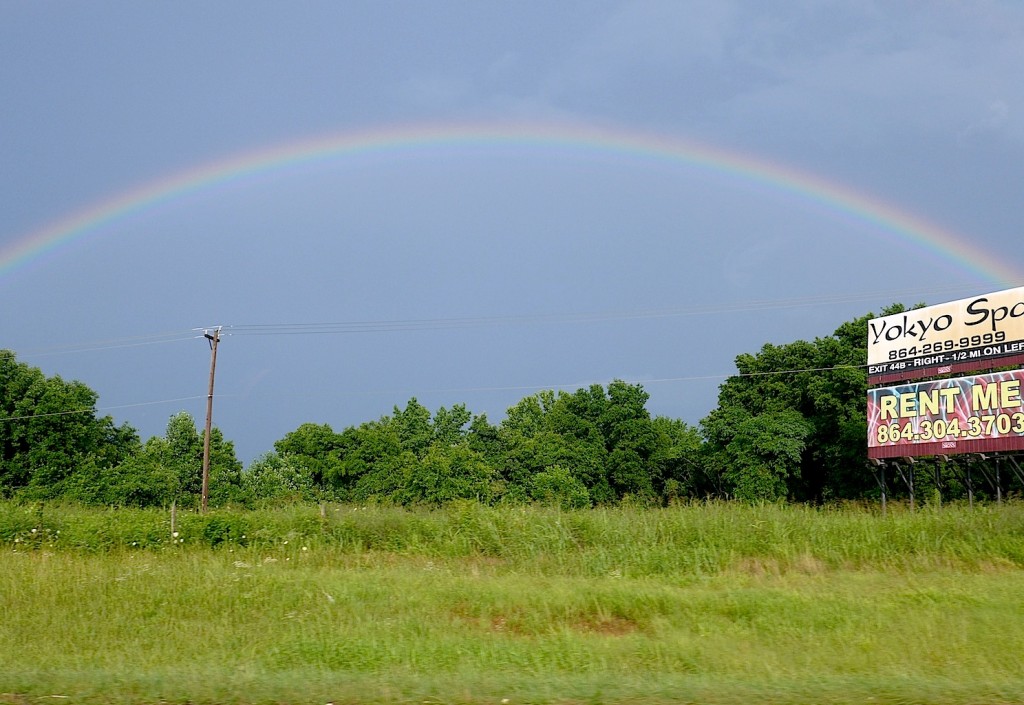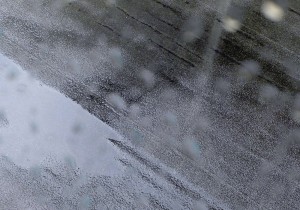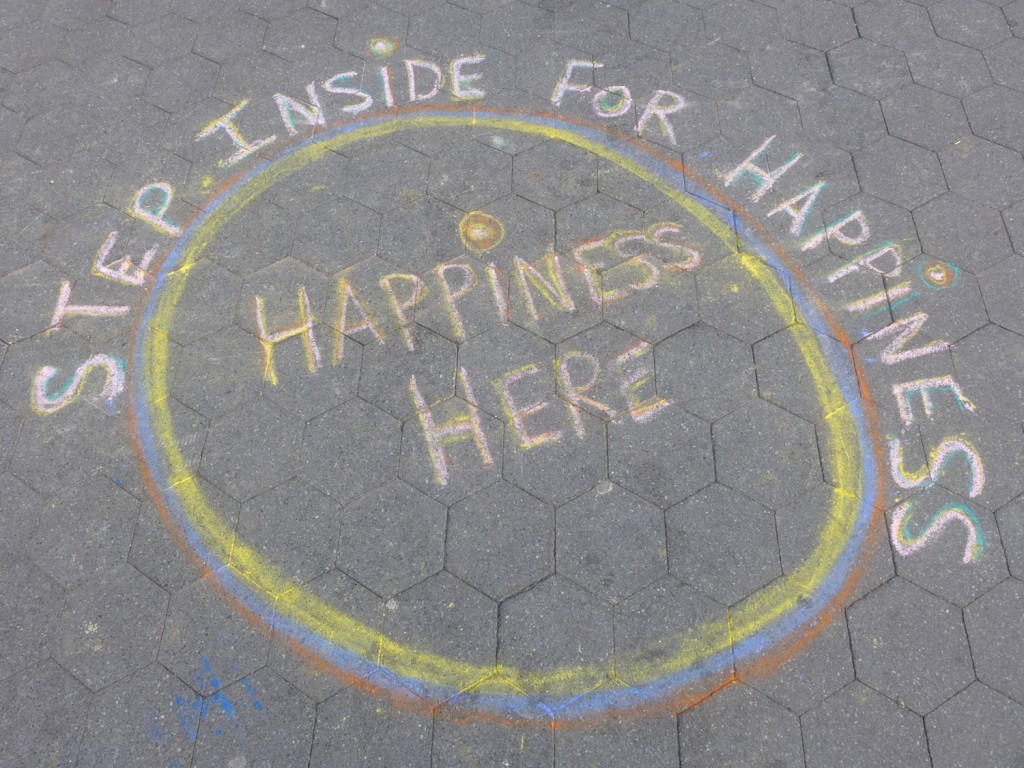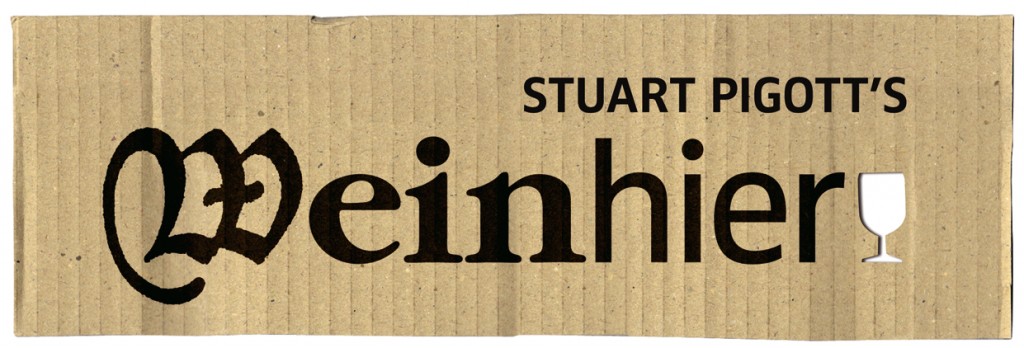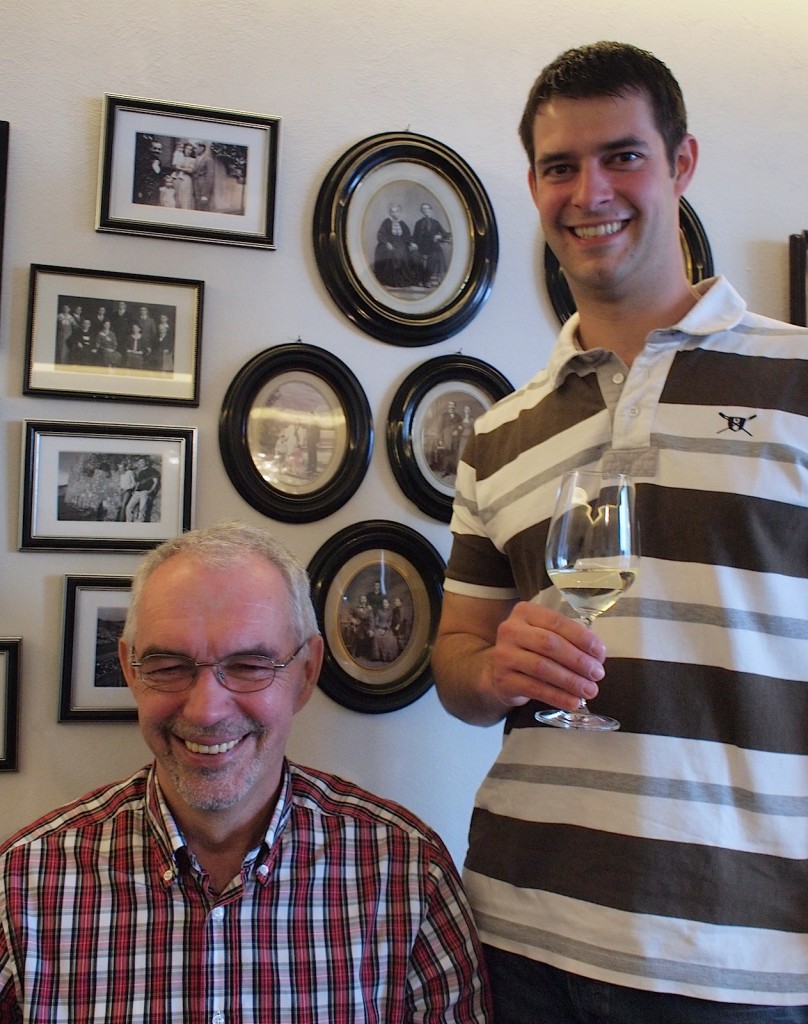
Man mag es ja nicht ständig wiederholen, obwohl man ja doch immer mit der Nase drauf stößt, wenn man sich einen Wein des aktuellen Jahrgangs eingeschenkt hat: 2013 war schwierig, sehr schwierig sogar. Was eigentlich nichts anderes bedeutet als: ziemlich unübersichtlich. Da gibt es brachiale Interpretationen von Terroirweinen, die derzeit keine Freude bereiten. Dann aber auch Weingüter, deren Erzeugnissen man nichts anmerkt von Reifeproblemen, Säureschauern oder Fäulnisdruck. Winzer, deren Kollektionen wunderbar strahlen, keinen Schwachpunkt aufweisen und jedem Weinfan nur dringend ans Herz gelegt werden können. Obwohl diese Erzeuger von sich nicht behaupten können, 2013 meteorologisch begünstigt gewesen zu sein. Nein, auch sie mussten große Opfer in Kauf nehmen. Aber sie haben dabei vor allem an ihre Kundinnen und Kunden gedacht. Und alles daran gesetzt, ihnen die bestmögliche – und genussreichste – Qualität zu offerieren.
Die Opfer sind womöglich dort am größten (und schlagen betriebswirtschaftlich am schwersten ins Kontor), wo die Rebfläche am kleinsten ist. Small mag ja beautiful sein. Aber 2013 war es der Horror. Christoph Schaefer (rechts im Bild oben, links sitzt Vater Willi), Junior-Chef des renommierten Weinguts Willi Schaefer (Graach/Mosel) hat das bei meinem Besuch im Juni 2014 so nicht gesagt, aber ab und an vielsagend süß-sauer gelächelt. Ein Blick auf die Weinpreisliste spricht Bände: Sie stammt von März 2014 und trägt hinter jeder Position den Vermerk „ausverkauft“, obwohl die Weine erst ab 1. Juli 2014 verfügbar waren – ein dramatisches Zeichen großer Ertragseinbußen. Das Große Gewächs oder überhaupt einen trockenen Wein sucht man vergebens. Das ist das Resultat einer Qualitätsphilosophie, die im Krisenjahr auf die Kernkompetenz eines Betriebs setzt, dessen Rebfläche gerade mal vier Hektar beträgt: Rieslinge mit natürlicher Restsüße, welche die heftige Säure des Jahrgangs balanciert. Eingriffe im Keller, die die Säure mindern, sind hier verpönt. Die klassische Mosel-Nummer also, die sich bereits bewährte, als man in Zeiten vor dem global warming bei der Weinlese mitunter im Schnee stand.
Immerhin gelang es, aus den beiden Graacher Lagen Himmelreich und Domprobst je einen Kabinett, eine Spätlese und eine Auslese zu erzeugen. Dazu kommen noch der Graacher Riesling feinherb (halbtrocken) sowie eine zweite Auslese aus dem Domprobst. Das alles – wie gesagt – in Kleinstmengen.
Wenn man die 2013er Rieslinge von Willi Schaefer probiert, dann spürt man den kalten Hauch des Jahrgangs. Aber mehr Krise findet im Glas definitiv nicht statt. Alle Weine haben neben ihrer säurebetonten, zupackenden Mineralität herrlich reife Fruchtnoten und eine wunderbare Balance – klassische Mosel-Rieslinge von großer Eleganz. Die Weine aus dem Graacher Himmelreich sind im Moment offener, verführerischer, sie schmecken mitunter etwas reifer als die aus dem Domprobst. Das ist eigentlich in jedem Jahrgang so, den ich bisher verkosten durfte. Aber in so einem kühlen, säurestarken Jahr wie 2013 zeigen die Himmelreich-Weine doch mehr Eleganz als in heißen Jahren – das gefällt mir sehr gut.
Die Zeit der Domprobst-Weine wird freilich kommen – soviel ist sicher. Sie wirken noch sehr verschlossen, selbst der Kabinett, lassen jedoch keinen Zweifel daran aufkommen, was in ihnen steckt: echte Größe. Die 2013 Graacher Domprobst Spätlese riecht extrem mineralisch, fast erdig und überrascht am Gaumen mit sehr reifer Weinbergspfirsich-Frucht , Schiefer- und Kräuteraromen. Da ist viel Leben in der Bude, das sich im Moment schwer in Worte fassen lässt. Es geht ständig hin und her. Die 2013 Graacher Domprobst Auslese -11- duftet ebenfalls etwas erdig, aber auch nach Orangen und ihren Schalen, verfügt über eine hohe Reife und eine enorme Länge, wobei Säure und Gäraromen (noch) deutlich spürbar waren. Ein großer Wein ist die Graacher Domprobst Auslese -14-, die viel Frucht andeutet, vor allem aber mit ihrer aromatisch sehr klaren und hoch eleganten Stilistik besticht, die Säure war bereits perfekt in ein mineralisches Geschmacksbild integriert – großes Kino.
Die Gesetze der Marktwirtschaft sind bei den Schaefers außer Kraft gesetzt. Denn eigentlich müssten die Weine mit ihrer herausragenden Qualität aufgrund der sehr geringen Menge um einen erheblichen Faktor teurer sein. Aber so funktioniert das Geschäft mit deutschem Riesling – Mosel-Riesling zumal – eben nicht. Die Vor- und Nachteile sind hier klar verteilt. Aber bei den bescheidenen Preisen für diese Weine muss man hoffen, dass ein winziger Qualitätsbetrieb wie dieser in naher Zukunft von einem ähnlichen Desaster verschont bleibt.
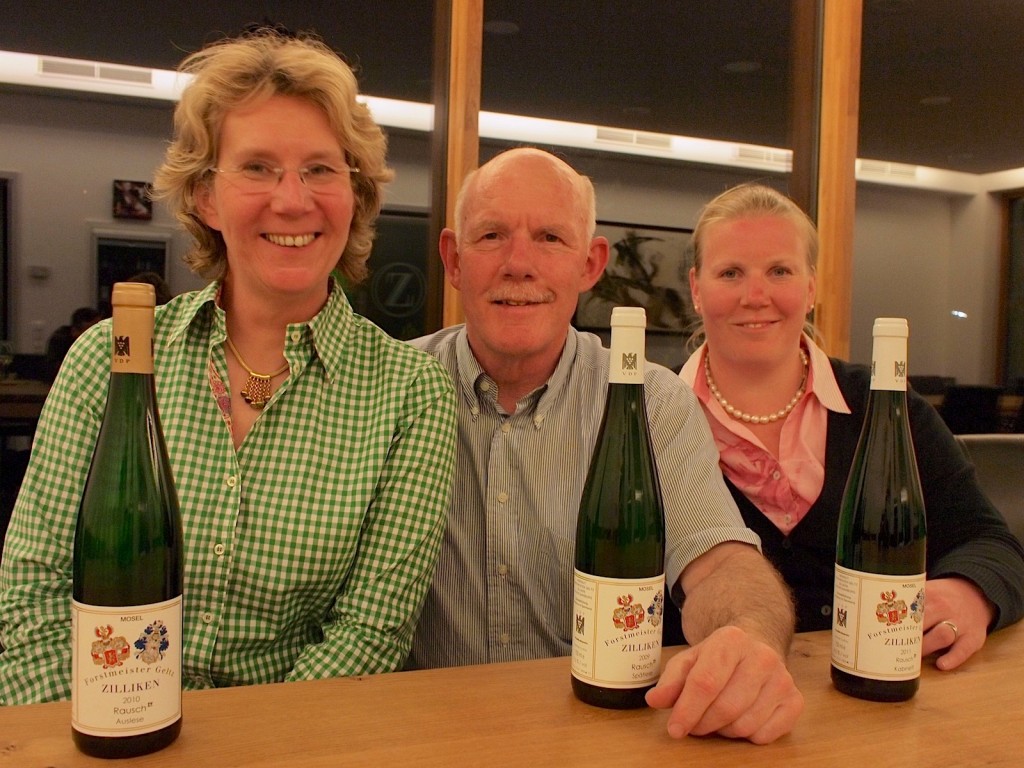
70 Kilometer moselaufwärts standen Ruth, Dorothee, Hanno Zilliken (links, rechts und mitten im Bild oben) vom Weingut Forstmeister Geltz-Zilliken (Saarburg/Saar) vor ähnlichen Problemen, kamen aber zu anderen Schlüssen. Der Elf-Hektar-Betrieb verfügt zwar über mehr Wein. Doch die jahrgangsbedingten Lücken klaffen erheblich: Es gibt kein 2013 Rausch GG, keinen feinherben Spitzenwein Diabas und – was für diesen Spezialisten für Weine mit natürlicher Traubensüße besonders schmerzlich ist – keine Spät- und Auslesen oder noch höhere Prädikate. Lediglich sieben Weine stehen auf der Liste. Teuerste Abfüllungen sind der 2013 Bockstein Riesling Kabinett und der 2013 Rausch Riesling Kabinett. Sie kosten geraden mal 14 Euro ab Weingut. Und doch zeigte Hanno Zilliken, den ich im Juni auf dem Weingut besuchte, keine Anzeichen von Enttäuschung oder Bitterkeit. Als „alter Hase“ unter den Saar-Winzern hat er gewiss schon andere Katastrophen erlebt. Aber vor allem kann er sehr stolz sein auf die Qualität seiner 2013er Rieslinge. Der 2013 Zilliken Riesling trocken gehört mit seinem feinen Blütenduft, der reifen, stoffigen Pfirsichfrucht, die von einer rassigen Säure balanciert wird, zu den besten Gutsrieslingen des Jahrgangs in Deutschland.
In die beiden Ortsweine, den 2013 Saarburger Riesling trocken und den 2013 Saarburger Riesling feinherb, sind die wenigen Liter des Großen Gewächses bzw. des Diabas eingeflossen. Was mit dazu führt, dass diese Weine für ihre Qualitätsstufe schlicht superb sind. Wobei die trockene Version noch etwas verschlossen wirkt, mit betonter Rasse, aber großer Harmonie, der halbtrockene Wein super-süffig im besten Sinn, mit Blütendüften und ausgeprägtem Weinbergspfirsich-Aroma.
Wieder eine Bank für Genießer, die Riesling am liebsten inhalieren würden, ist der 2013 Zilliken Butterfly – ein Maul voll Wein und dennoch zart und schwebend, schade, dass der Sommer vorbei ist. Der 2013 Saarburger Riesling Kabinett macht mächtig was her für einen Ortswein, hat aber zwei Lagenweine als Konkurrenten, von denen zumindest einer noch besser ist. Während der 2013 Bockstein Riesling Kabinett betont reif und üppig auftritt, ohne seine Rasse zu verleugnen, und jetzt bereits viel Spaß macht, ist der 2013 Rausch Riesling Kabinett für die Zukunft eine Bank. Auch er ist sehr reif (für einen Kabinett eigentlich zu reif), verfügt aber über so viel kühle Rasse, dass im Moment noch alles sehr fest zusammen ist. Ich habe den Wein zu Hause über drei Wochen aus der offnen Flasche getrunken und kann sagen: Das letzte Glas war das allerbeste.
Die Zillikens sind große Freunde gereifter Rieslinge. Und sie halten ihren Kunden immer einige Abfüllungen vor, die sie erst dann verkaufen, wenn sie den Zeitpunkt für gekommen halten. Allein dafür kann man sie nicht hoch genug wertschätzen – man stelle sich das mal im Burgund vor. Den dortigen Top-Winzern sind ihre Privatkunden unterhalb einer gewissen Yacht-Länge scheißegal.
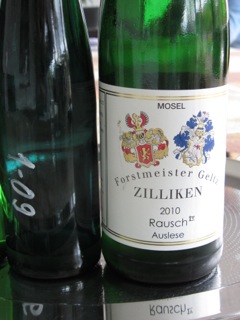 Die Zillikens aber haben Lücken im 2013er Sortiment durch große Saar-Rieslinge älterer Jahrgänge kompensiert. So gibt es aus dem Vorgängerjahrgang eine unglaublich verführerische, nach Tropenschwüle duftende und schmeckende 2012 Rausch Riesling Spätlese. Aus einem für Weine dieser Art großen Jahrgang bieten sie eine 2010 Rausch Auslese -6- und eine 2010 Rausch Auslese -4-, die aromatisch schwer und schwebend zugleich den ganzen Wahnsinn dieses Jahrgangs perfekt verkörpern. Weit älter, aber sehr jugendlich schmeckend landete die 1995 Saarburger Rausch Auslese 1-96 auf der Karte, welche die ganze Sinnlichkeit und Finesse eines ausgezeichneten, klassischen Saar-Riesling-Jahrgangs verkörpert.
Die Zillikens aber haben Lücken im 2013er Sortiment durch große Saar-Rieslinge älterer Jahrgänge kompensiert. So gibt es aus dem Vorgängerjahrgang eine unglaublich verführerische, nach Tropenschwüle duftende und schmeckende 2012 Rausch Riesling Spätlese. Aus einem für Weine dieser Art großen Jahrgang bieten sie eine 2010 Rausch Auslese -6- und eine 2010 Rausch Auslese -4-, die aromatisch schwer und schwebend zugleich den ganzen Wahnsinn dieses Jahrgangs perfekt verkörpern. Weit älter, aber sehr jugendlich schmeckend landete die 1995 Saarburger Rausch Auslese 1-96 auf der Karte, welche die ganze Sinnlichkeit und Finesse eines ausgezeichneten, klassischen Saar-Riesling-Jahrgangs verkörpert.
So wird aus der Not eines knappen Angebots eine Tugend. Und mancher Wein-Fan hat nun endgültig keinen Grund mehr, um gereifte Rieslinge einen Bogen zu machen. Zu was doch so ein schwieriger Jahrgang gut sein kann.
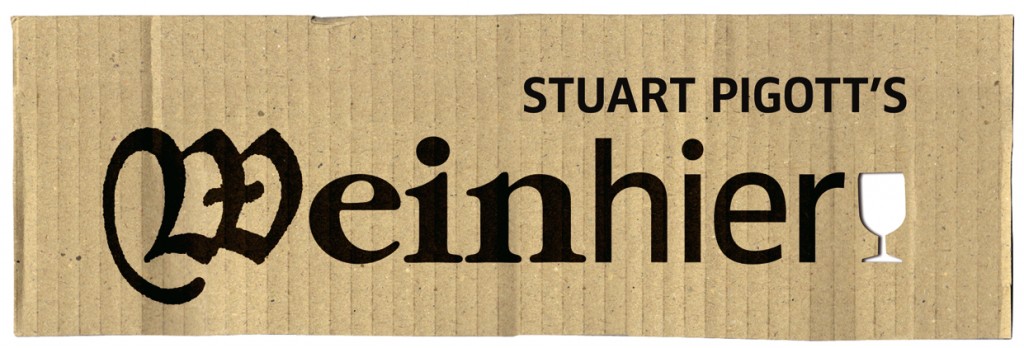
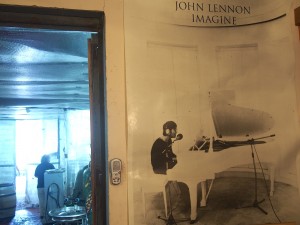 There was a pioneer for this, and for much else, who remains at the cutting edge of the process of redefining what Israeli wine can be. He is the larger-than-life Zeev Dunie, the founder of Seahorse winery in Moshav bar Giora up in the Judean Hills, pictured above. I say all this although Seahorse produces a number of exciting wines that have nothing directly to do with the Mediterranean region, like the ‘James’ dry Chenin Blanc, one of the best wines I’ve tasted made from this grape outside it’s homeland in the Loire/France. I can’t begin to explain how barrel-fermentation and extended lees contact leads to a dry white this fresh, as well as texturally exciting and aromatically complex. No less remarkable is the ‘Lennon’ Zinfandel, which has more vitality than this variety has in California, with which it is most closely associated, but every bit as much spice as a Zin from Sonoma or Paso Robles. Every wine from Seahorse that I’ve tasted here, regardless of its color or type, had as much personality as their maker, even if I wasn’t wowed by every one of them. In fact, I think it’s ridiculous to expect that from any winemaker and if it did happen, then it would make me a bit skeptical.
There was a pioneer for this, and for much else, who remains at the cutting edge of the process of redefining what Israeli wine can be. He is the larger-than-life Zeev Dunie, the founder of Seahorse winery in Moshav bar Giora up in the Judean Hills, pictured above. I say all this although Seahorse produces a number of exciting wines that have nothing directly to do with the Mediterranean region, like the ‘James’ dry Chenin Blanc, one of the best wines I’ve tasted made from this grape outside it’s homeland in the Loire/France. I can’t begin to explain how barrel-fermentation and extended lees contact leads to a dry white this fresh, as well as texturally exciting and aromatically complex. No less remarkable is the ‘Lennon’ Zinfandel, which has more vitality than this variety has in California, with which it is most closely associated, but every bit as much spice as a Zin from Sonoma or Paso Robles. Every wine from Seahorse that I’ve tasted here, regardless of its color or type, had as much personality as their maker, even if I wasn’t wowed by every one of them. In fact, I think it’s ridiculous to expect that from any winemaker and if it did happen, then it would make me a bit skeptical.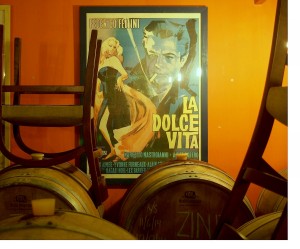 The photograph of Zeev above shows the former film director in front of his freshly harvested Counois grapes, a “lesser” Southern Rhône variety that he feels may have an important role in adding subtlety to his Grenache and Syrah-based red blends. He’s also exploring the possibilities of Cinsault, another grape that features in many Chateauneuf du Pape reds. Our visit was the first time I’d tasted both of these varieties as grapes, rather than as elements of blended red wines. The Cinsault grapes had surprisingly little flavor, while the Counois were off the other end of the taste-intensity scale and reminded me a bit of certain North American wild grapes I’ve tasted. Somebody has to do this practical research and Zeev Dunie’s non-intervention winery seems to me to be an ideal place. Before this work is done nobody will know if ignoring these grape varieties has meant a significant loss to the Israeli wine industry. It is part of the long, elliptical and exciting process of figuring out what grape varieties works best here, that is what gives the most interesting and distinctive top quality wines, as well as what gives the most pleasing everyday wines. At the moment many of those new wines aren’t well-known, much less mainstream, but they are making waves that will expand on the surface of the global wine pond and, in the long-term, completely change the image of Israeli wines.
The photograph of Zeev above shows the former film director in front of his freshly harvested Counois grapes, a “lesser” Southern Rhône variety that he feels may have an important role in adding subtlety to his Grenache and Syrah-based red blends. He’s also exploring the possibilities of Cinsault, another grape that features in many Chateauneuf du Pape reds. Our visit was the first time I’d tasted both of these varieties as grapes, rather than as elements of blended red wines. The Cinsault grapes had surprisingly little flavor, while the Counois were off the other end of the taste-intensity scale and reminded me a bit of certain North American wild grapes I’ve tasted. Somebody has to do this practical research and Zeev Dunie’s non-intervention winery seems to me to be an ideal place. Before this work is done nobody will know if ignoring these grape varieties has meant a significant loss to the Israeli wine industry. It is part of the long, elliptical and exciting process of figuring out what grape varieties works best here, that is what gives the most interesting and distinctive top quality wines, as well as what gives the most pleasing everyday wines. At the moment many of those new wines aren’t well-known, much less mainstream, but they are making waves that will expand on the surface of the global wine pond and, in the long-term, completely change the image of Israeli wines.
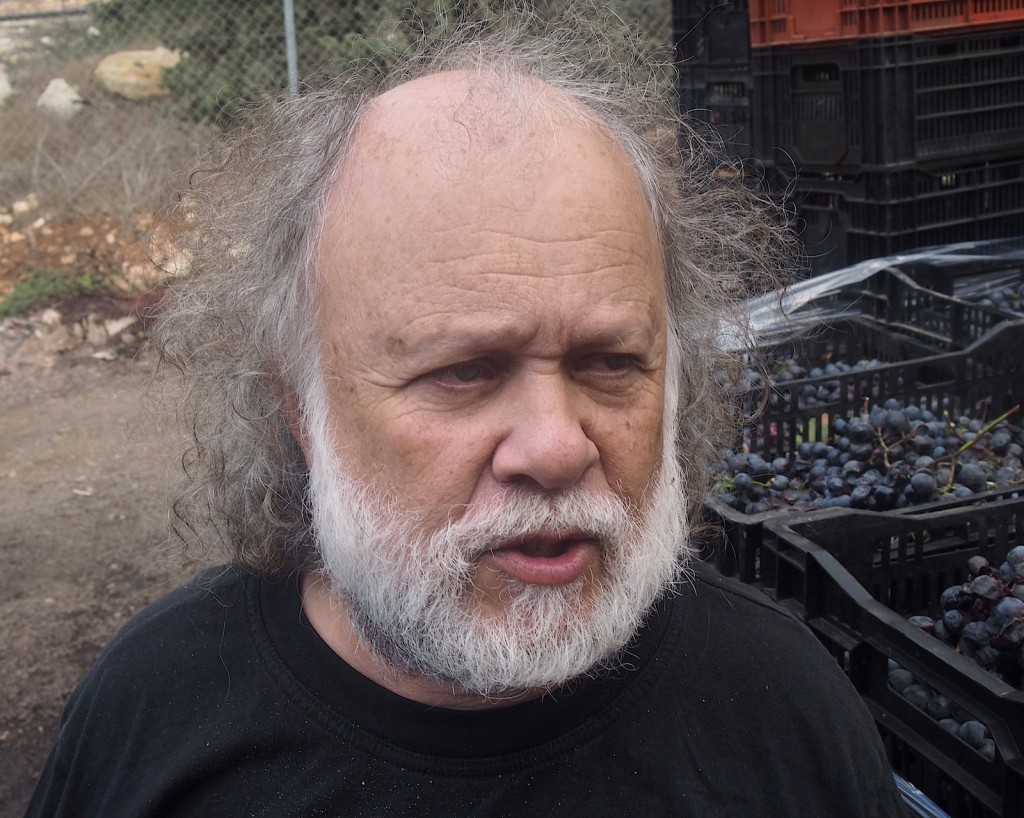
![120114_riesling_global_RZ [1600x1200]](http://www.stuartpigott.de/wp-content/uploads/2014/10/120114_riesling_global_RZ-1600x12007.jpg)
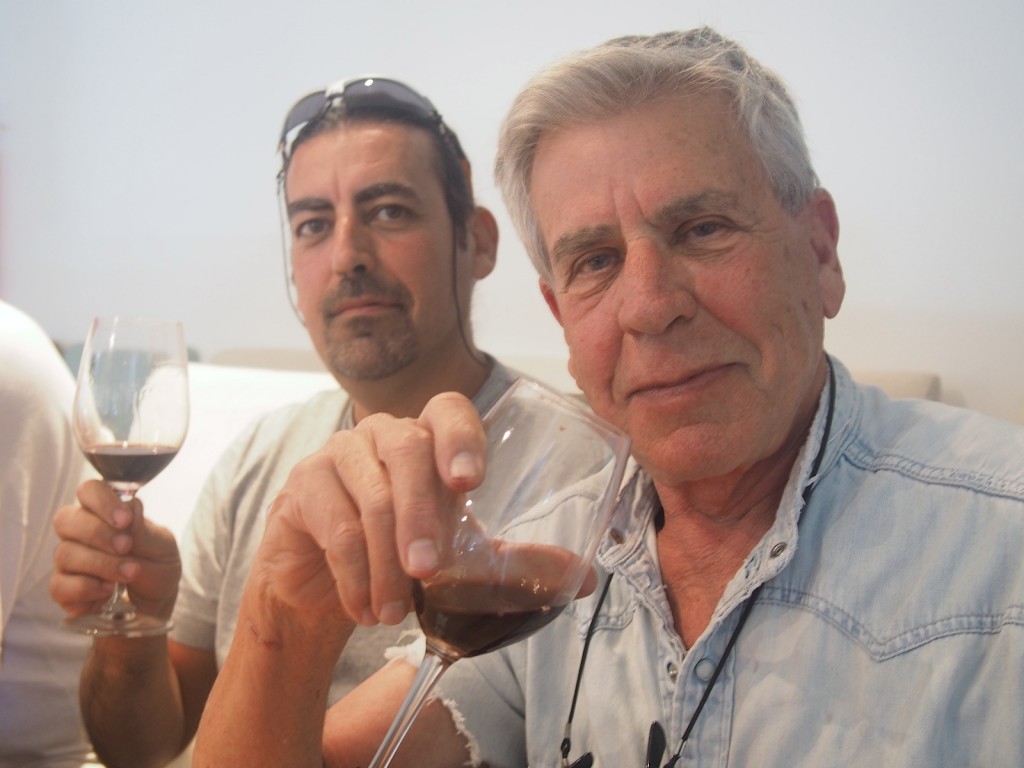
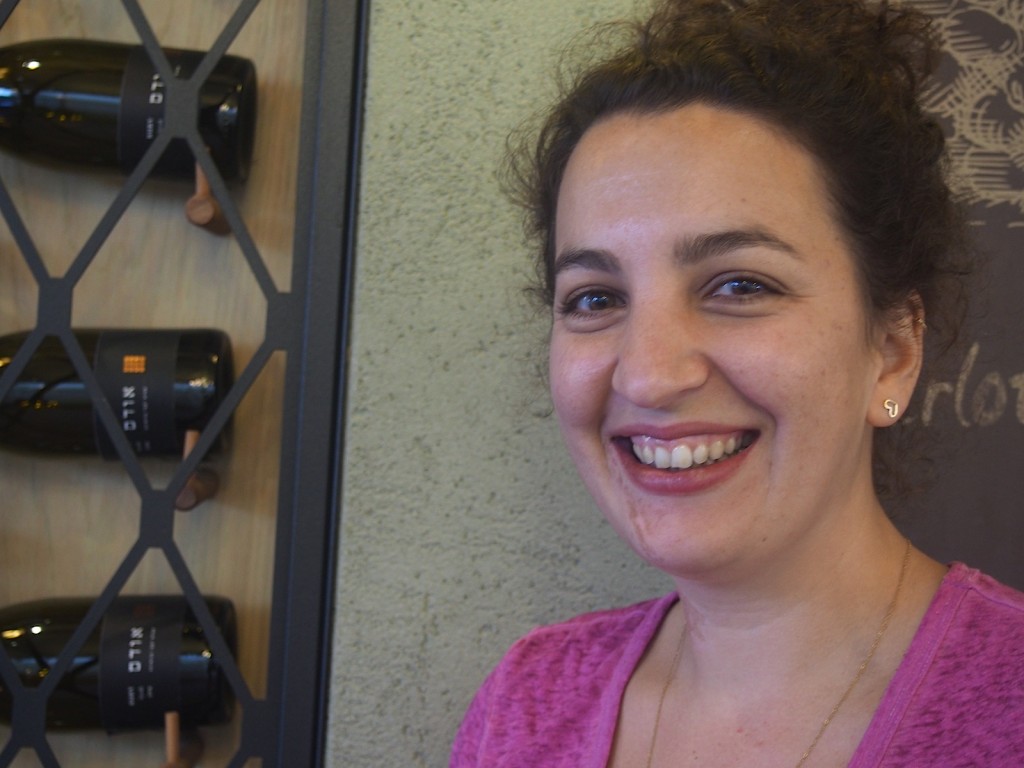
![120114_riesling_global_RZ [1600x1200]](http://www.stuartpigott.de/wp-content/uploads/2014/10/120114_riesling_global_RZ-1600x12006.jpg)
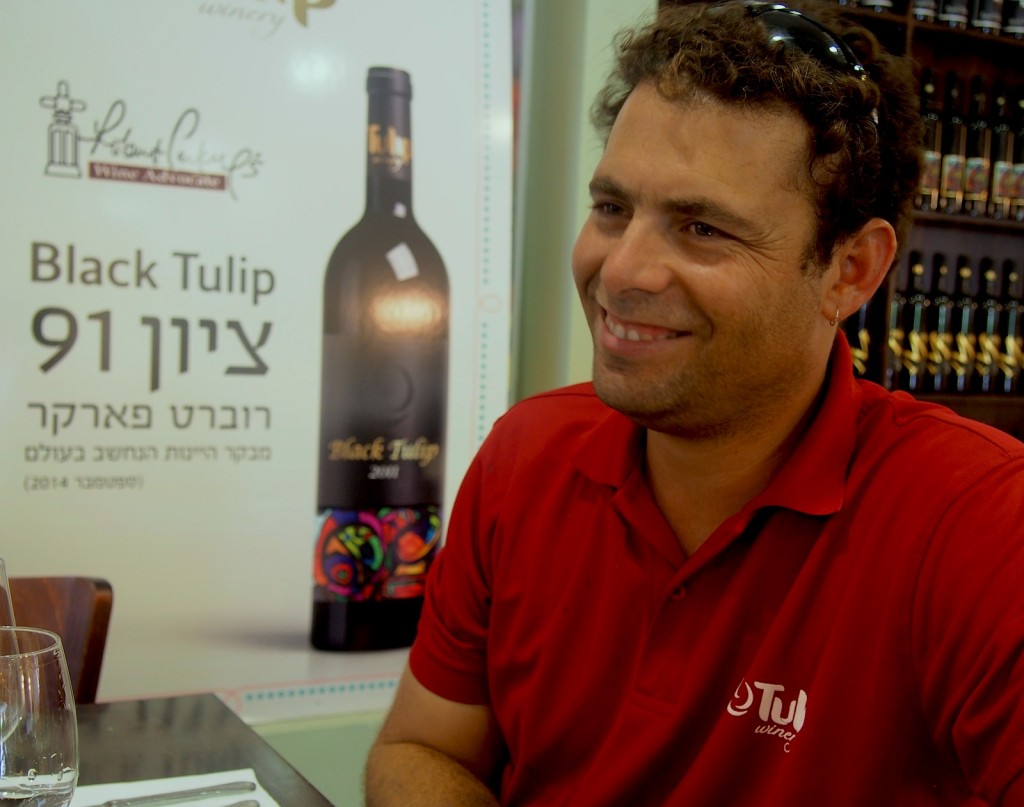
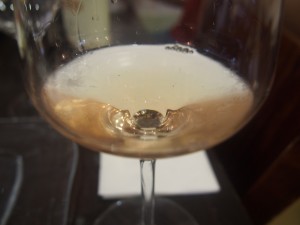
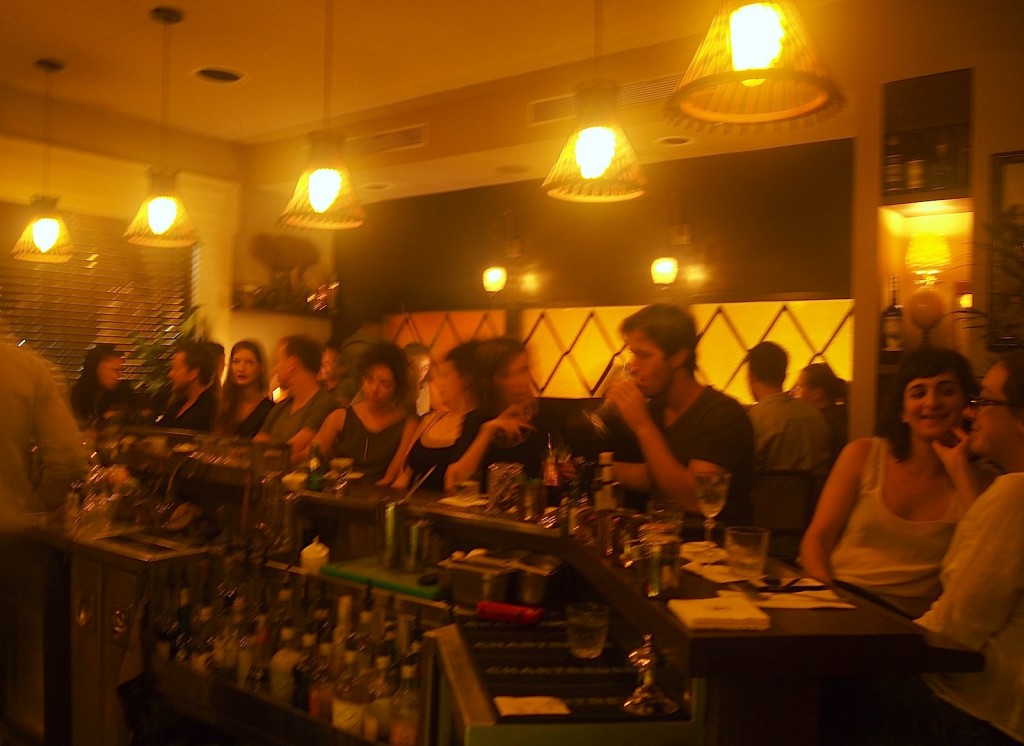
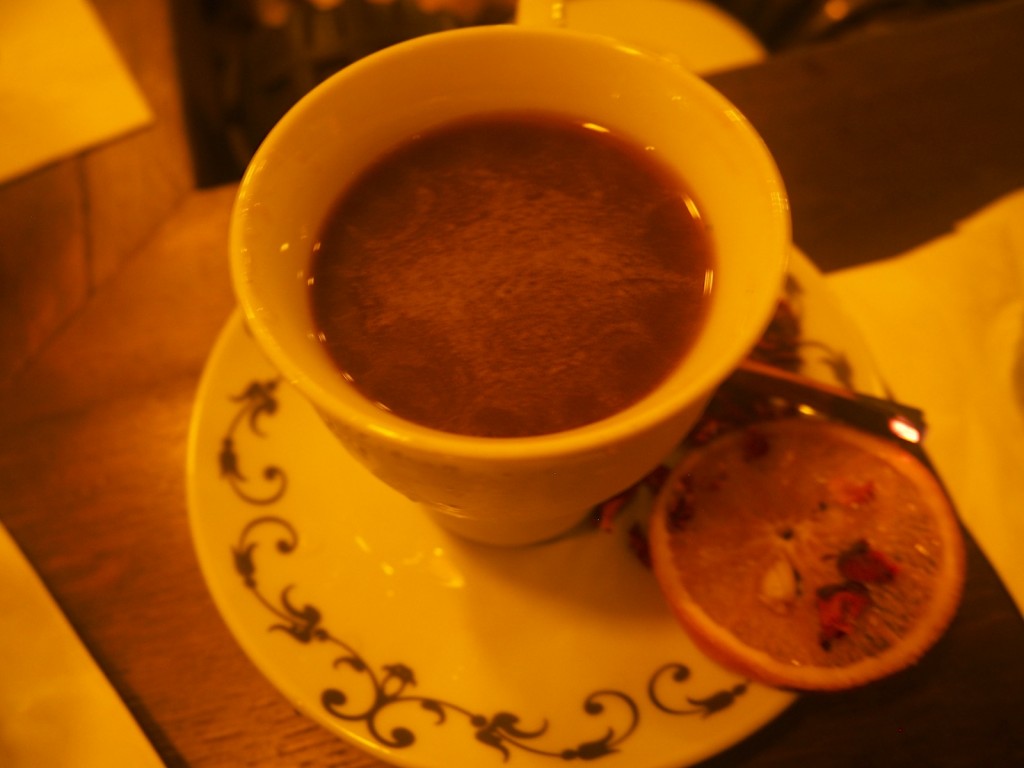
![120114_riesling_global_RZ [1600x1200]](http://www.stuartpigott.de/wp-content/uploads/2014/10/120114_riesling_global_RZ-1600x12005.jpg)
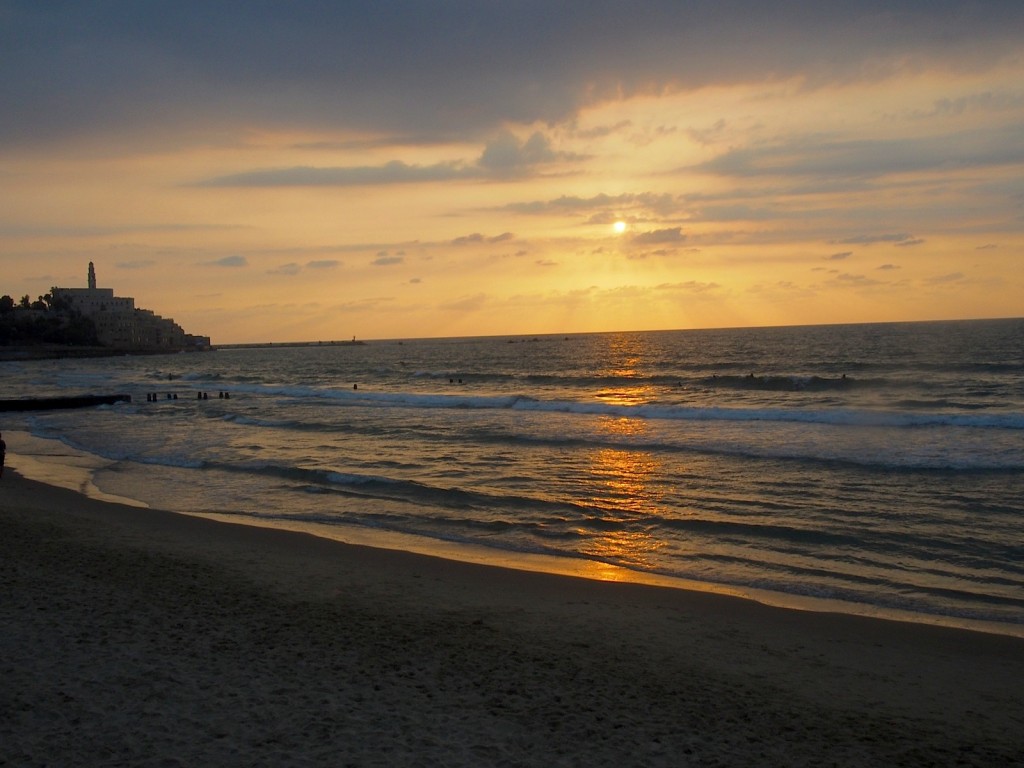
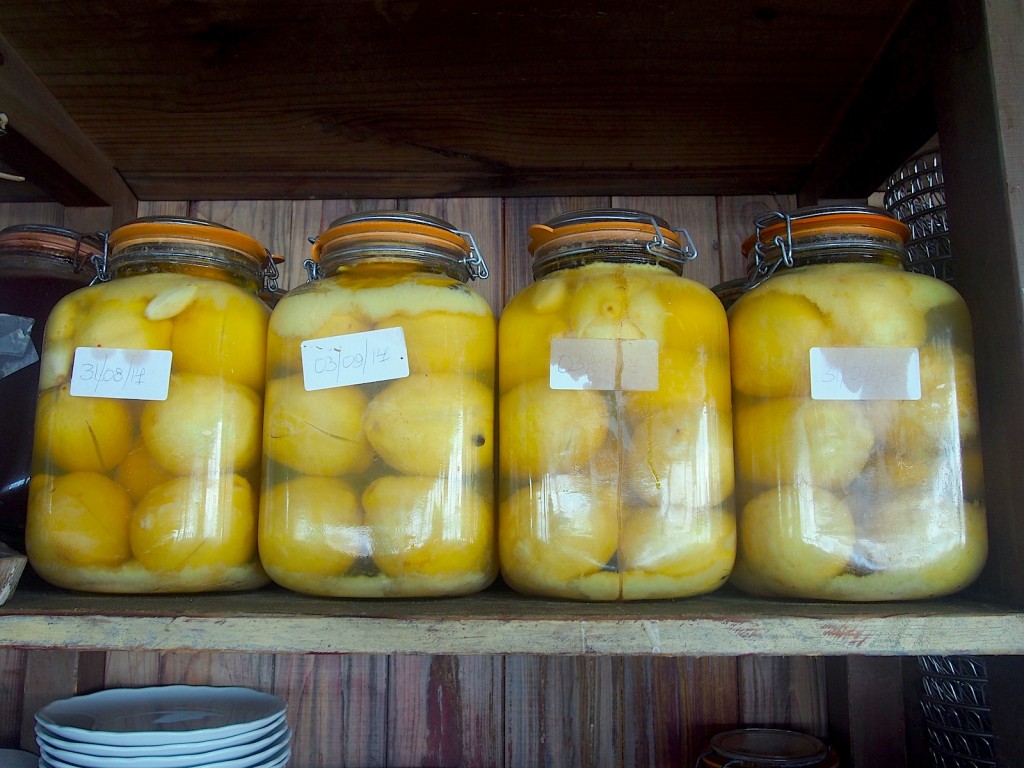
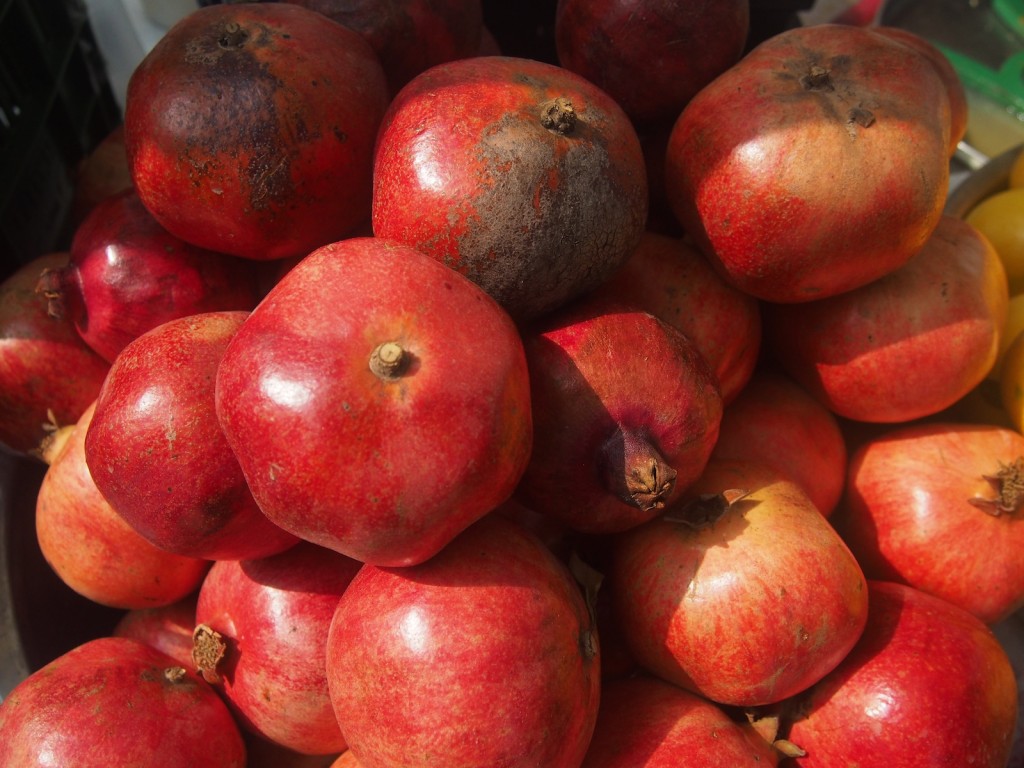
![120114_riesling_global_RZ [1600x1200]](http://www.stuartpigott.de/wp-content/uploads/2014/10/120114_riesling_global_RZ-1600x12004.jpg)
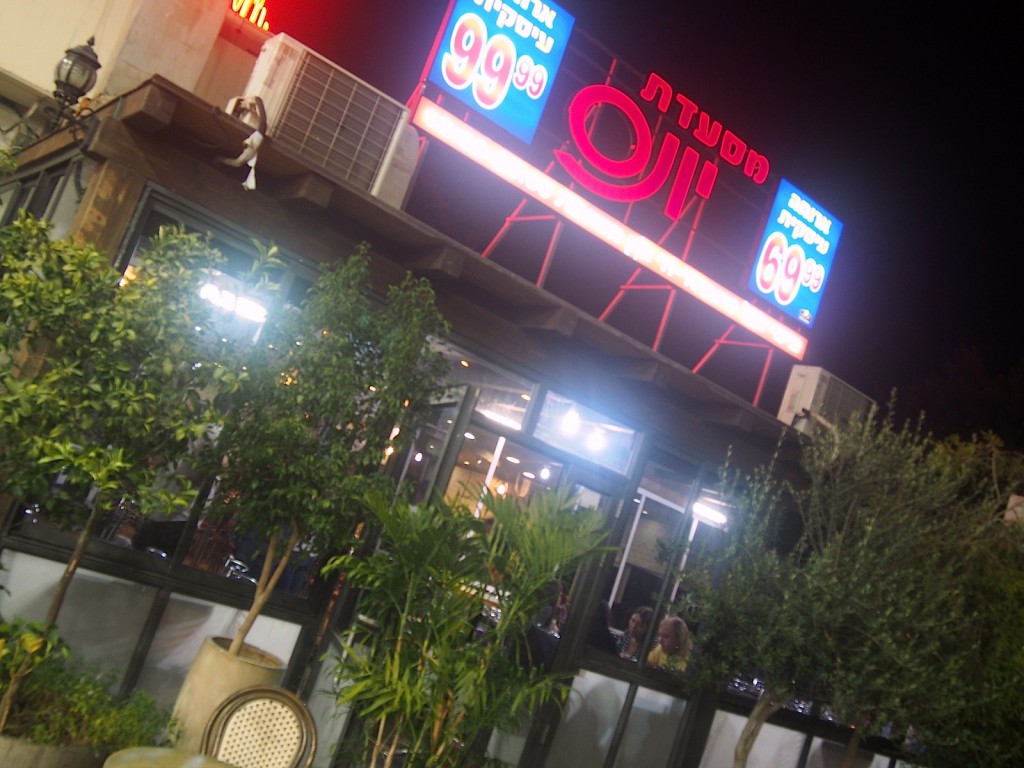
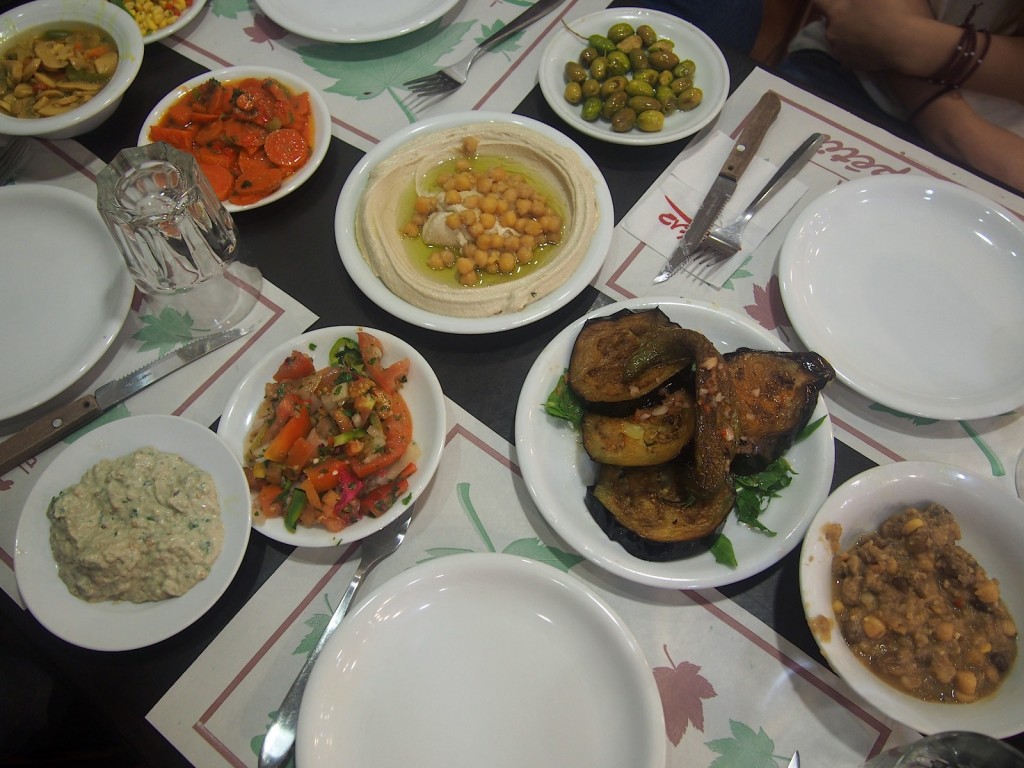
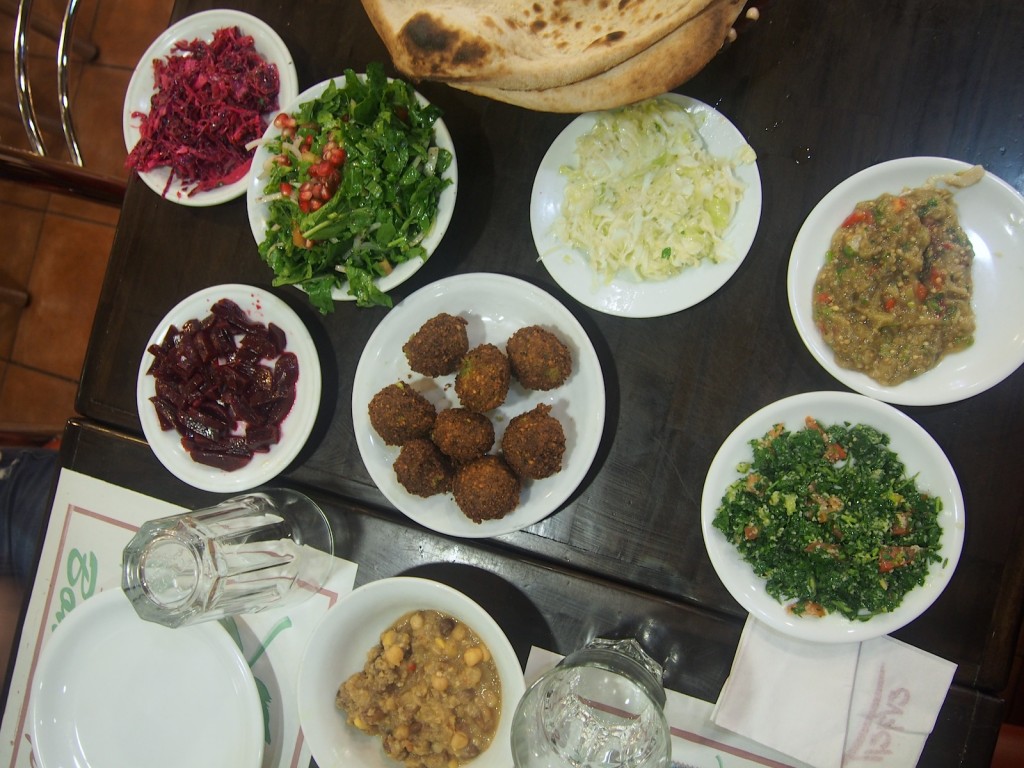
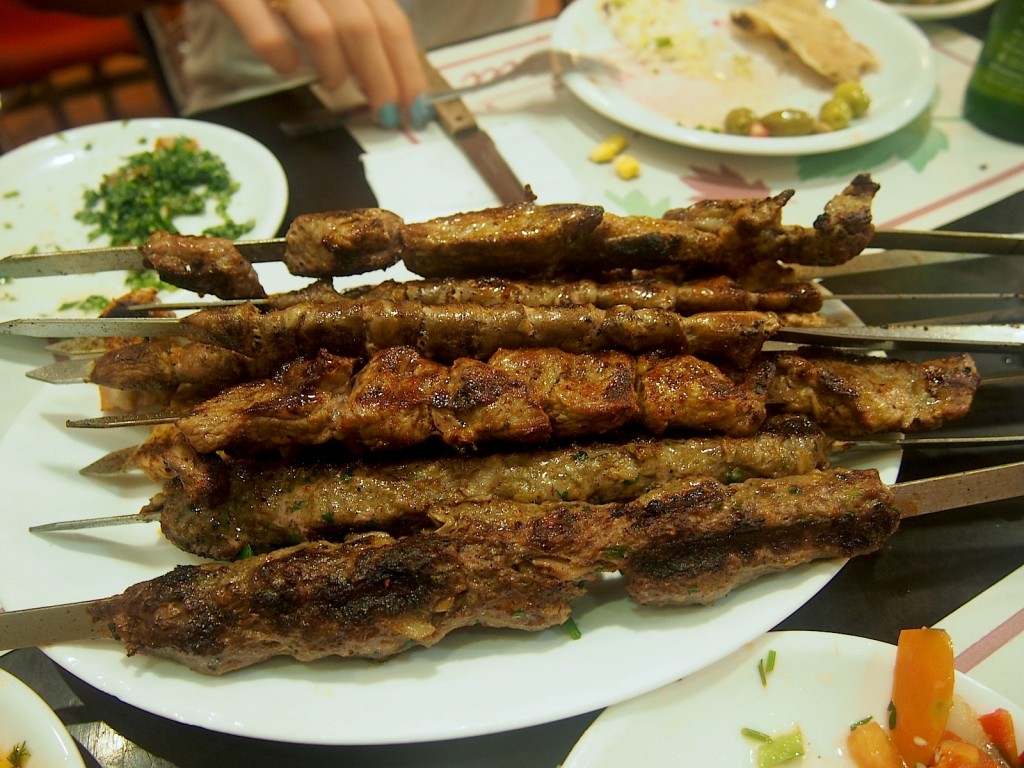
![120114_riesling_global_RZ [1600x1200]](http://www.stuartpigott.de/wp-content/uploads/2014/10/120114_riesling_global_RZ-1600x12002.jpg)
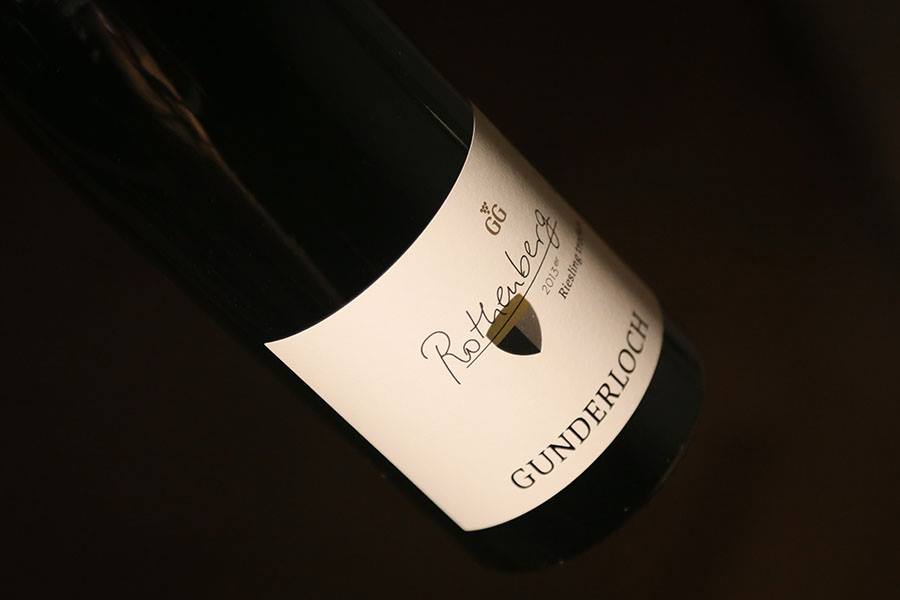

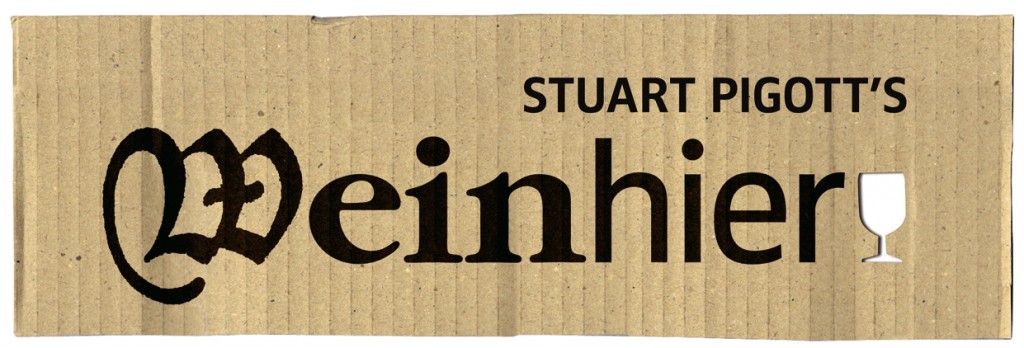
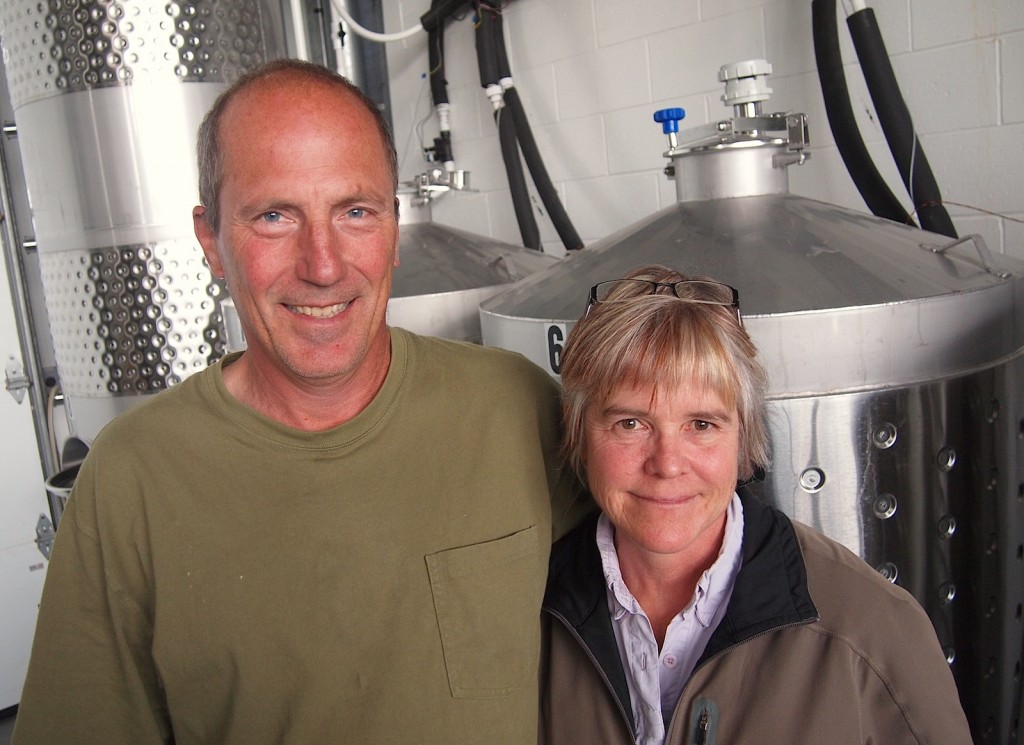
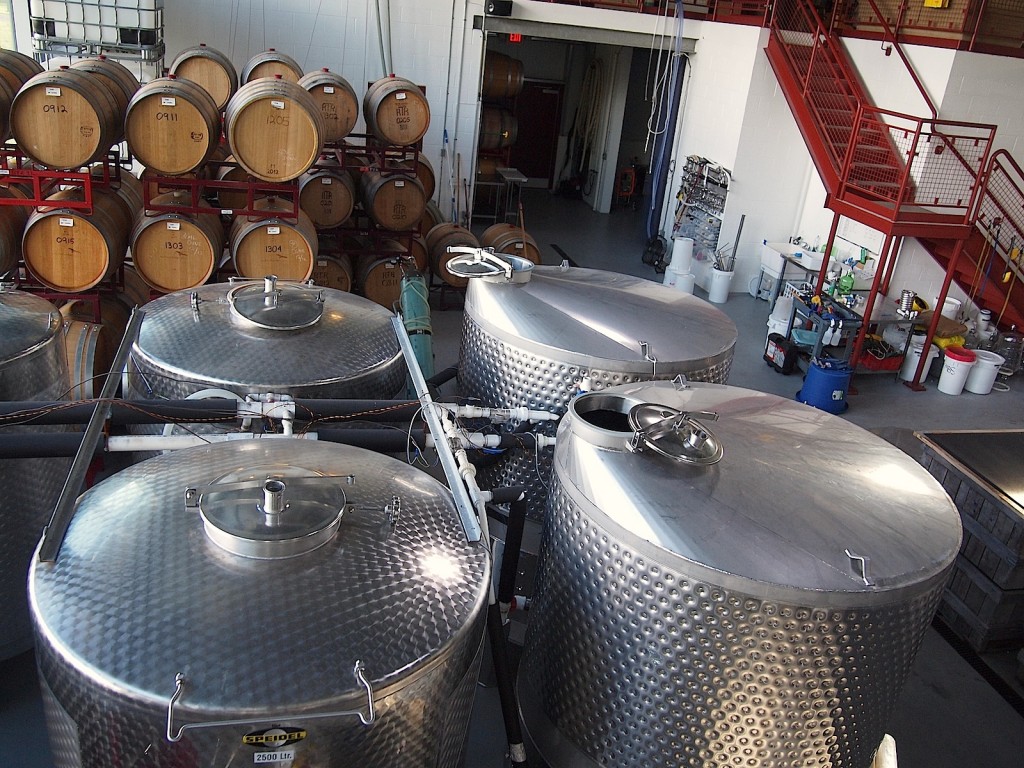
![120114_riesling_global_RZ [1600x1200]](http://www.stuartpigott.de/wp-content/uploads/2014/10/120114_riesling_global_RZ-1600x12001.jpg)
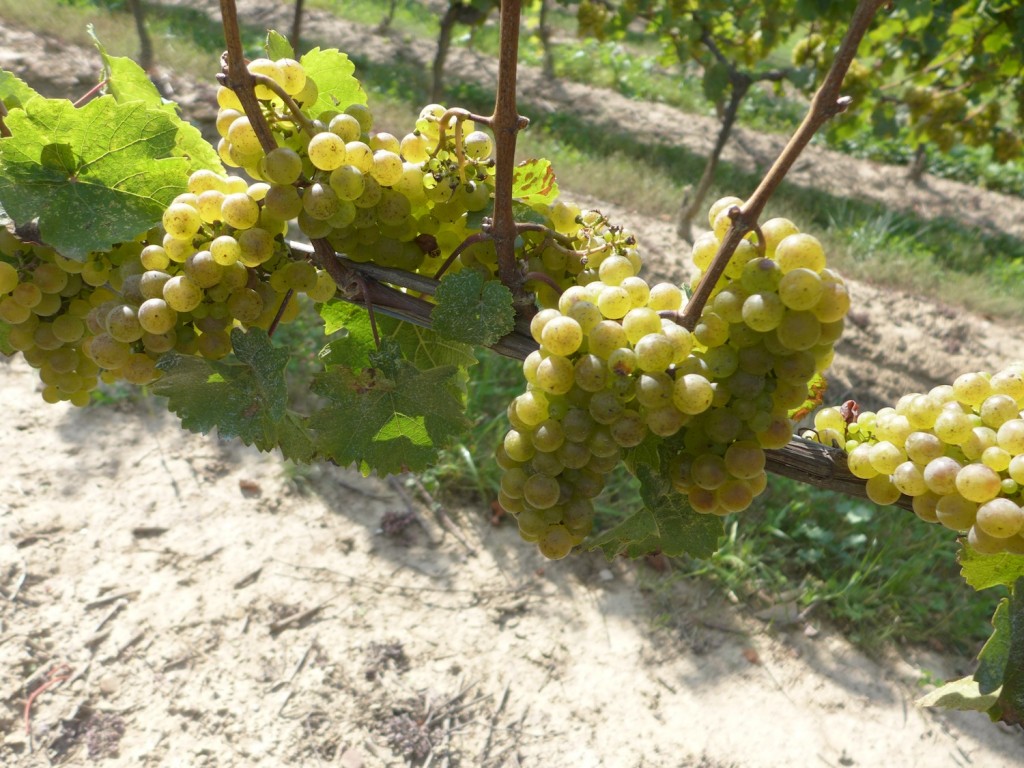
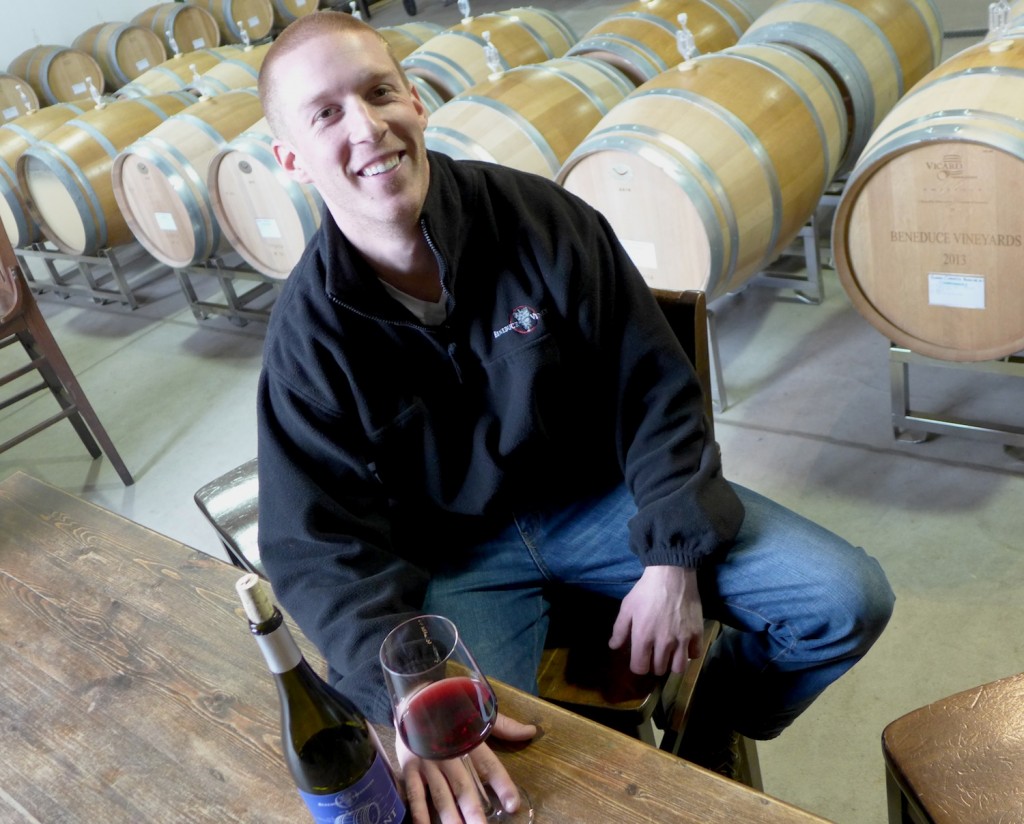
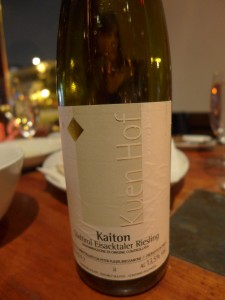
![120114_riesling_global_RZ [1600x1200]](http://www.stuartpigott.de/wp-content/uploads/2014/10/120114_riesling_global_RZ-1600x1200.jpg)




